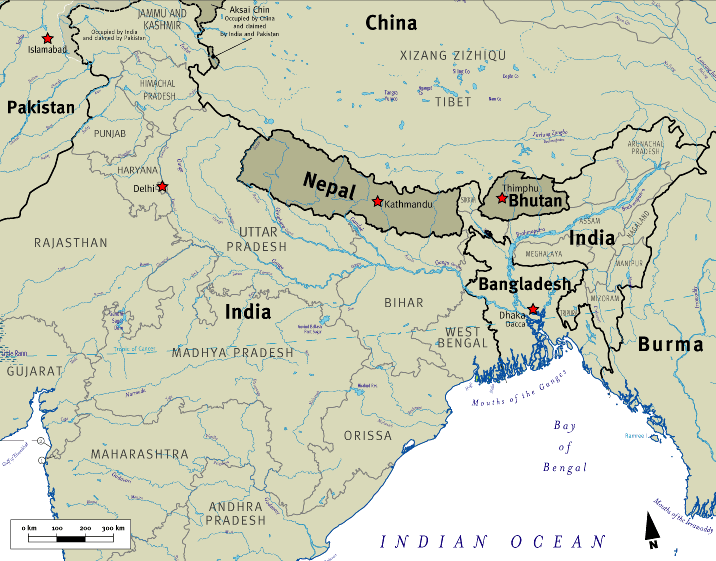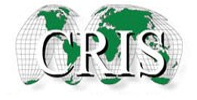
Why are individuals fleeing from Bhutan?
- Most Bhutanese refugees are part of a minority, ethnic Nepali group called Lhotsampa who had been living in Bhutan for decades. This group was targeted during an ethnic cleansing in the 1980’s by the majority and ruling ethnic group, Druk. In 1990, protests for democracy led to the arrest and torture of activists and the Bhutanese government expelled all Lhotsampas from Bhutan. Individuals fled to Nepal and West Bengal but were neither able to attain citizenship nor return to Bhutan. Many seek resettlement in a third country, such as the United States, and have spent years, even decades, in refugee camps in Nepal.
Primary Languages(s) of Bhutanese-Nepali Refugees
(Information from speaking to local populations)
Nepali
English
Religions in Bhutan
(Statistics from globalreligiousfutures.org)
74.7% Buddhist
22.6% Hindu –> Many refugees are Hindu because of the cultural influence of Nepal
1.9% Folk Religions
Guidelines for Interacting with Bhutanese-Nepali Refugees
What are some cultural differences?
- Pointing directly at people can appear impolite or rude.
- Shaking your head back and forth means “yes” and nodding your head up and down means “no.”
- Try using the right hand when handing things to people and eating; using the left hand is considered impolite.
- The number 3 is unlucky.
- Some Bhutanese-Nepali refugees do not eat beef or any meat at all due to practices in Hinduism.
- A social structure exists within Bhutanese-Nepali culture and an individual’s religion depends on their status within that structure. Individuals do not usually marry someone from another level, or caste.
What are some resettlement considerations?
- Households tend to have around 8 members that includes both immediate and extended family members.
- As with many of the communities we serve, female refugees feel more comfortable with female doctors.
- Many individuals are educated and had higher level jobs in Bhutan.
- Around 20,000 Nepali-speaking Bhutanese live in the Columbus, Ohio area, making Columbus home to the largest Bhutanese-Nepali population in the country.
- Many Bhutanese-Nepali refugees previously lived many years and/or decades in refugee camps before being resettled.
- Due to the large Nepali population in Columbus, individuals typically arrive to a network of support once here.
Tips for Home Visits
- Try to learn basic vocabulary and greetings like “namaste.”
- The community is friendly and open, even if they cannot speak English.
- Interactions between gender is more relaxed than other resettled groups.
Common Phrases in Nepali
Source: http://www.omniglot.com/language/phrases/nepali.php
Hello/goodbye = Namaste
Welcome = Swagatam
Yes = Ho
No = Hoena
Thank you = Dhanyabad
How are you? = Tapaaii lai kasto cha? (Or) Timi lai kasto cha?
(Response) = Malaai sanchai cha. Tapaaiilaaii ni?
What’s your name? = Tapaaiiko naam ke ho? (or) Timro naam ke ho?
My name is… = Mero naam … ho
Also – a video of simple phrases in Nepali.
More helpful resources
- Video of refugees from Bhutan.
- The Bhutanese Nepali Community of Columbus (BNCC), a community based non-profit to help Bhutanese refugees improve living standards and navigate their new lives in the USA.
- The exhibit at the Ohio History Connection about Bhutanese-Nepali refugees, created by Tariq Tarey.
- An article about the Bhutanese-Nepali community in Columbus.
- A video of “Stories of Hope” from Nepali-speaking Bhutanese refugees.
- An interview by WOSU of Binaya Subedi, who was born in Nepal and studies the Bhutanese-Nepali community in Central Ohio.
*This collection of information is neither perfect nor comprehensive. Each culture is unique and cultural norms are diverse even among individuals from the same culture. Additionally, the refugees from the following places are diverse, as is easy to see in the guidelines in this report.
